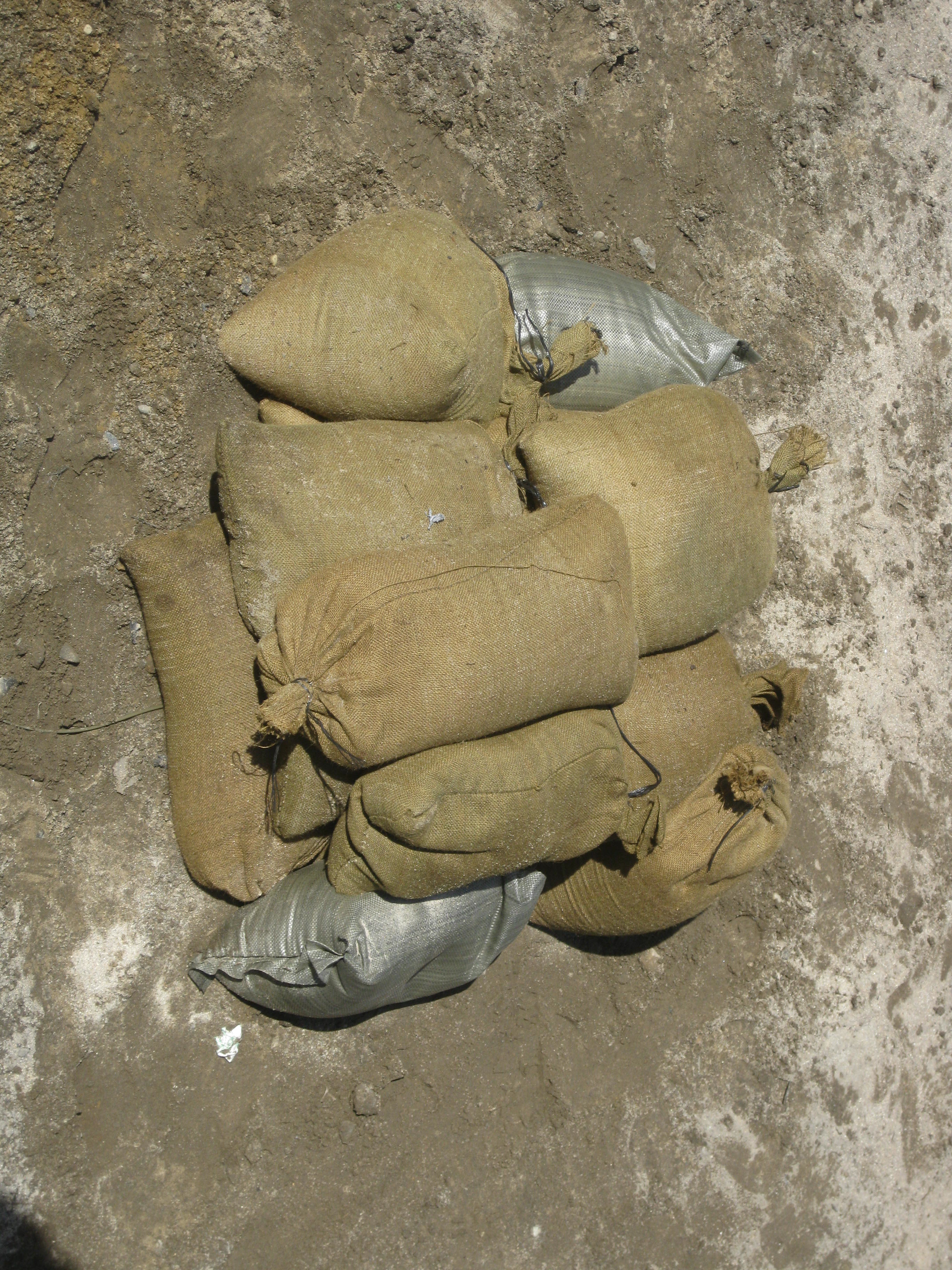
Figure 1: Explosive detonation at the Westover EOD Range.
Donald G. Albert - (donald.g.albert@usace.army.mil)
U.S. Army Engineer Research and Development Center
Cold Regions Research and Engineering Laboratory
72 Lyme Road
Hanover, NH 03755
Dan Valente – (daniel.p.valente@usace.army.mil)
U.S. Army Engineer Research and Development Center
Construction Engineering Research Laboratory
P.O. Box 9005
Champaign, IL 61826
Popular version of paper 1aNS11
Presented Monday morning, May 23, 2011
161st ASA Meeting, Seattle, Wash.
When explosives are found unexpectedly, left over from mining or road-building, or before a planned terrorist attack, often the safest way to dispose of them is to detonate them in place. Even if the explosives were intended for civilian use, they might have become unstable over time so that moving or touching them could be very dangerous. To do this safely, Airmen, soldiers, and others need extensive training, including hands-on use of real explosives. Recently, training like this has produced added noise around military facilities and increased noise complaints from neighbors. We studied some suggested methods to reduce this very loud noise to see if any would work.
The study was performed on the explosive ordinance disposal (EOD) range (Fig. 1) at Westover Air Reserve Base in Chicopee, MA. We investigated three methods; 1) covering charges with 10, 20, or 40 large sandbags, 2) covering the charge with a small number of sandbags and a blast mat, and 3) spraying a water mist above the bunker. During the tests, an air horn was sounded 30-60 seconds prior to detonation as an early warning for nearby residents and golfers. For a short video about the study, click here: http://www.youtube.com/watch?v=GfDL2CIHgFA

Figure 1: Explosive detonation at the Westover EOD Range.
Acoustic measurements were taken 6 m from the detonation point to obtain a source level for each test, at 2.5 km to the north and the south of the range, and at two intermediate locations to the north and south. Measurements were taken in two opposite directions so that multiple propagation conditions could be examined. Meteorology is a significant factor in determining received noise levels at long distances. Meteorological measurements were taken during the two days of testing. We determined how well each method worked by comparing an untreated detonation to a treated detonation fired within 20 minutes of each other to minimize the effects of changing weather. Table 1 below shows the attenuation achieved, relative to these control shots for each mitigation technique. For reference, a 10 dB reduction is about half as loud. Your ear can detect a 3 dB change, but less is very hard to detect.
Noise Reduction Due to Treatment |
||||
Charge Weight |
Treatment |
Reduction at Source |
Reduction 2.5km North of Range |
Reduction 2.1 km South of Range |
2.5 |
4 Sandbags + Blast mat |
15 |
15 |
15 |
2.5 |
Water Spray |
0 |
5 |
4 |
5 |
10 Sandbags |
12 |
9 |
11 |
5 |
20 Sandbags |
11 |
10 |
15 |
5 |
40 Sandbags |
19 |
8 |
14 |
Table 1: Noise reductions in peak levels due to treatments.
Sandbags: During testing, we covered charges with 10, 20, or 40 large (50 lb) sandbags. The sandbags were piled directly on top of the charge in a hut-like fashion, as shown in Figure 2. We wanted to find out how many sandbags were needed to effectively muffle the blast noise.
Our measurements show that using 10 sandbags cut the noise levels in half. Using 20 or 40 sandbags only added a little more attenuation. Piling 10 sandbags onto the charge didn’t take very long and was considered acceptable by the Airmen.

Figure 2: Sandbags piled onto a charge.
Sandbags + Blast Mat: The blast mat was 12 ft. by 12 ft. in dimension, weighed approximately 5000 lbs, and required the use of a crane to place and remove. These mats are normally used to reduce flyrock in road excavations, but in that task they are placed over ground containing buried explosives and not directly in contact with the explosives. During our study the mat did reduce the blast noise, but it was nearly destroyed after just one test (See Fig. 3), and it was too heavy and bulky for the Airmen to emplace without a large crane.

Figure 3: Photograph of the blast mat after detonation. Notice the tear in the center.
Water Mist: Some people have suggested that a water mist might be able to absorb some of the explosive energy and quiet the blast noise, so we had the Westover Fire Department provide a water spray of 100 gallons/minute over the EOD range during a detonation. A special nozzle was used to create a sheet of water above the charge. We succeeding in making a mud pit, but didn’t reduce the noise levels in a noticable way. We don’t recommend this solution..
In summary, the noise mitigation study at Westover ARB found that 10 sandbags piled on a small charge of plastic explosives reduced levels by as much as 10 dB peak (as much as half) in the far field. Placing the sandbags required minimal time and effort, and did not detract significantly from training realism. In conclusion, on training days with strong propagation in the direction of the surrounding communities, sandbags can be used to reduce the noise impact on the community.